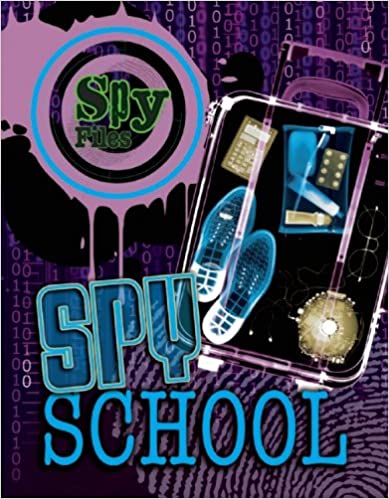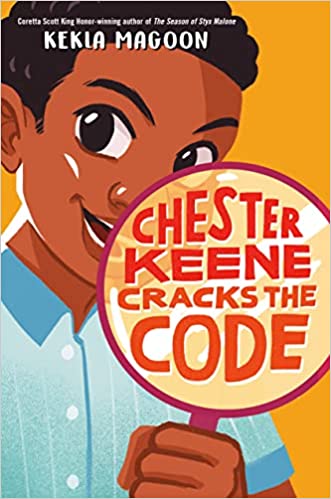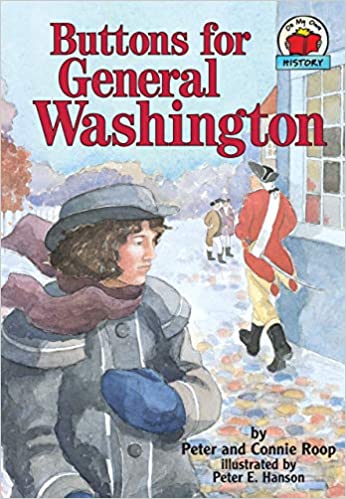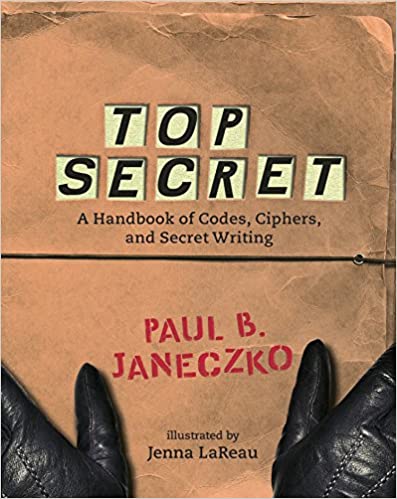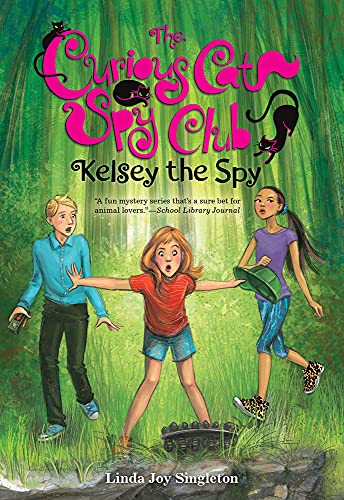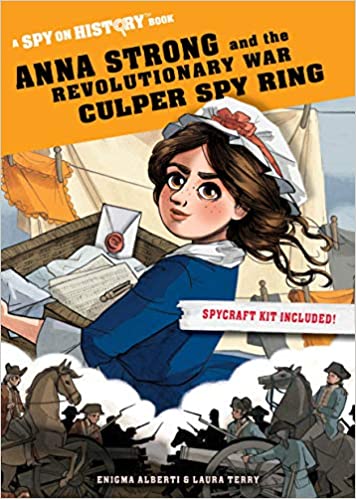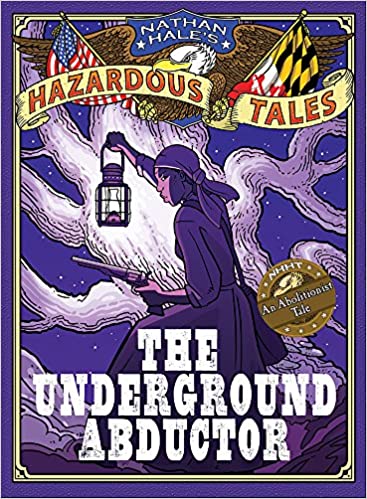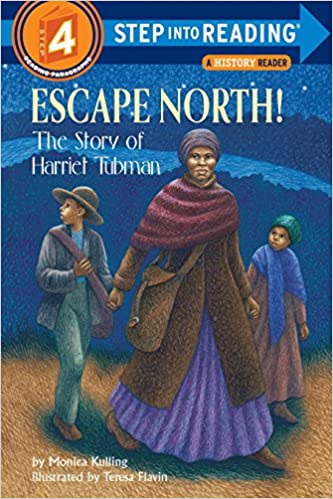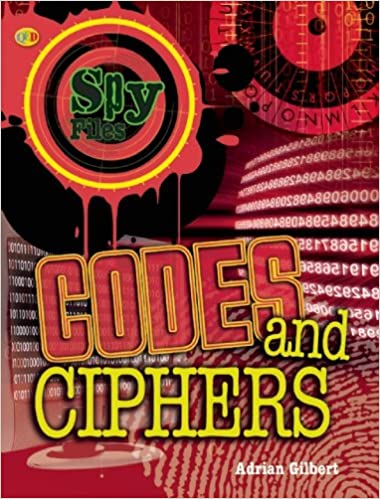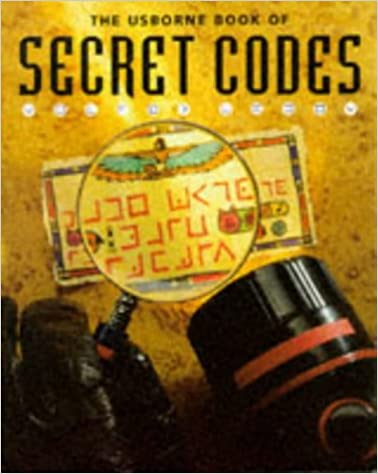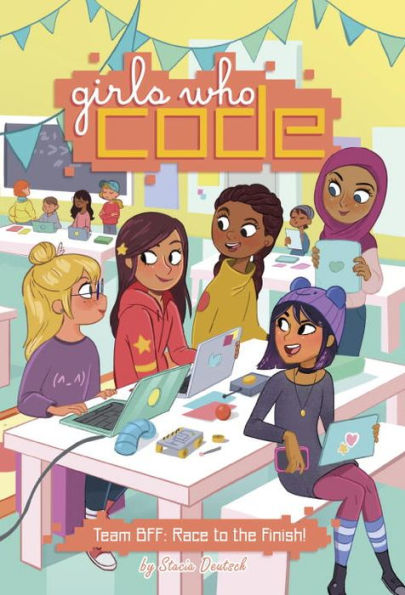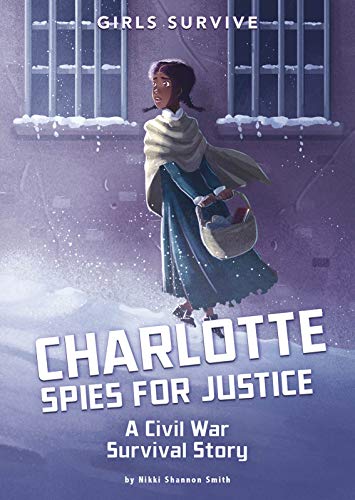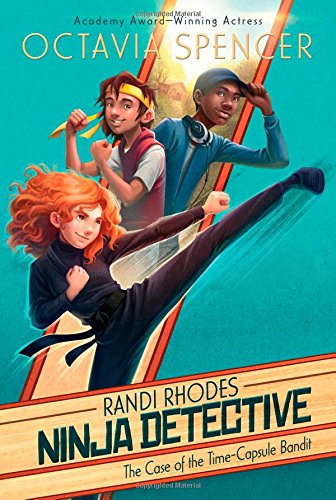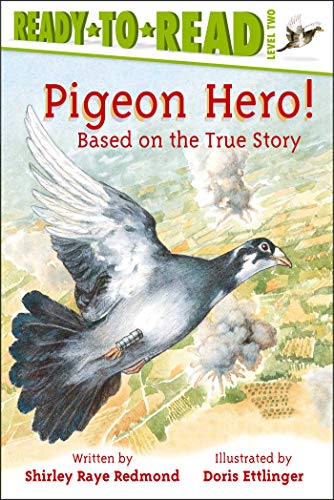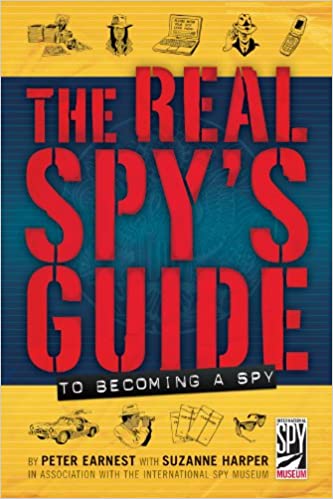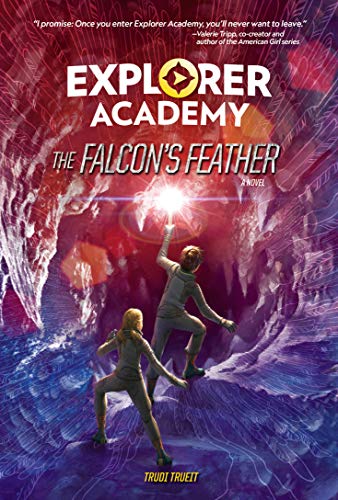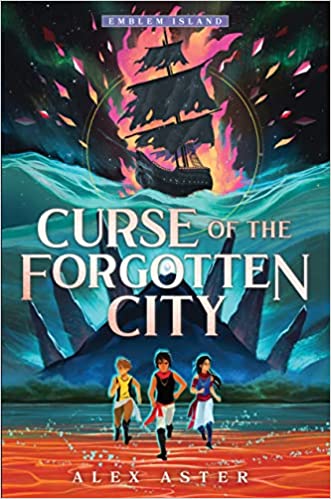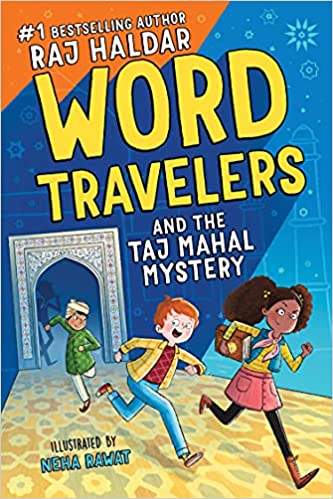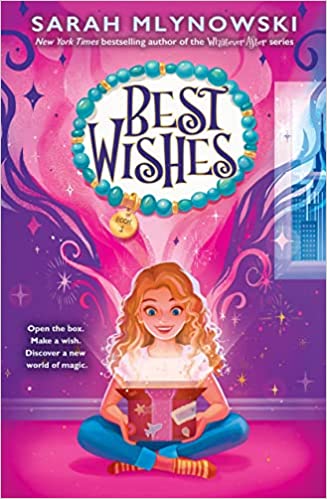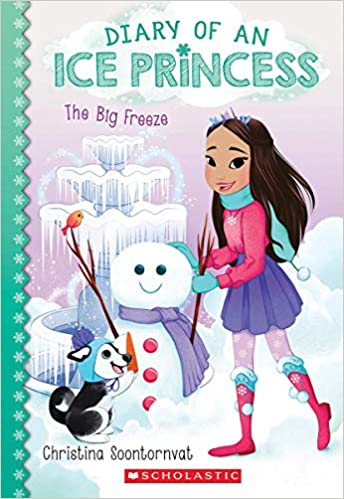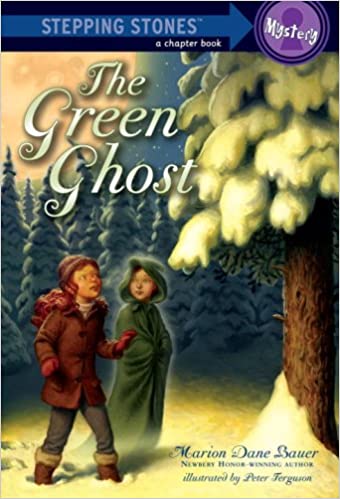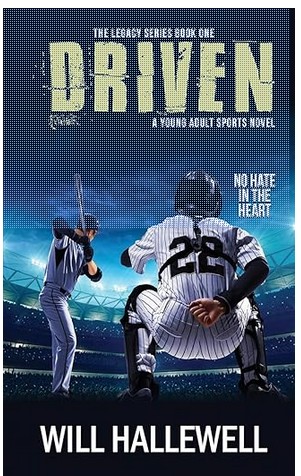Meet Underground Railroad abductor Harriet Tubman in this installment of the New York Times bestselling graphic novel series!
Araminta Ross was an enslaved woman born in Delaware. After years of backbreaking labor and the constant threat of being sold and separated from her family, she escaped and traveled north to freedom. Once there, she changed her name to Harriet Tubman. As an “abductor” on the Underground Railroad, she risked her life helping countless enslaved people escape to freedom.
Nathan Hale’s Hazardous Tales are graphic novels that tell the thrilling, shocking, gruesome, and TRUE stories of American history. Read them all—if you dare!
The book begins on the execution block, where Nathan Hale is about to be hung for spying. The executioner and a British soldier decide to let Nathan Hale tell a story before he dies. Occasionally, the executioner and soldier break into the story to ask questions or make comments. Sometimes this adds comic relief and other times, the comments mirror what the reader is probably thinking.
Nathan Hale begins Harriet Tubman’s story when she was six years old. When Harriet was young, a head injury caused her to repeatedly fall asleep without warning. This condition lasted for the rest of her life. Despite this, Harriet risked her life to bring her family and others to freedom. Harriet was one of the few people who was an abductor: “the first person in. Someone who ventured deep into slave territory and made first contact with these to be rescued.” Harriet’s bravery and determination helped hundreds of people escape slavery. Once the Civil War began, Harriet continued to fight for freedom. During the Civil War, Harriet built a spy ring, baked pies to sell to soldiers, and was also a nurse.
Since Frederick Douglass appears several times, his life story is also summarized over three pages. Fredrick Douglass knew the key to freedom was being able to read, so he taught others to read. However, his master believed, “A slave should know nothing but how to obey his master! If you teach that slave to read, there will be no keeping him! He’ll become unmanageable—discontent and unhappy!” Despite being forbidden to read, Frederick Douglass learned anyways. Fredrick eventually began writing. Frederick Douglass also encouraged slaves to get a gun, so Harriet did.
The Underground Abductor brings history to life in graphic novel format. The panels are drawn using shades of gray with purple accents. Even though the illustrations show the cruelty inflicted upon slaves, none of the illustrations are graphic. However, many of the slave owners have angry faces, and slaves are seen chained together, whipped, and hiding from slave hunters. Most of the text is in the form of conversations and the words appear in quote bubbles. The story uses easy vocabulary and short sentences that keep the action moving at a quick pace.
The story of Harriet Tubman highlights the importance of fighting for what you believe. Harriet’s dedication and willingness to put herself in danger is admirable. Through Harriet’s experiences, readers will begin to understand the harsh conditions that slaves had to contend with during the 1800s. While the content may be upsetting, The Underground Abductor will help readers understand America’s past, and learn about the people who fought so everyone could be free. Plus, the book’s format makes it perfect for reluctant readers. Readers who would like to learn more about the Underground Railroad should also read Long Road to Freedom by Kate Messner.
Sexual Content
Violence
- Harriet is sent to help care for a baby. When the baby starts to cry, the woman whips Harriet. The whipping occurs several times and is included in the illustrations.
- Someone tells a story about a “woman [who] died in prison before they could hang her.”
- Nat Turner received a vision from God. Nat said, “I am told to slay all the whites we encounter, without regard to age or sex.” Nat Turner and other slaves “moved from house to house, killing everyone inside. . . By the time they were stopped, Nat Turner and his followers had killed sixty people—men, women, and children.” Many of the slaves who were part of Nat’s group were executed or killed by mobs and militias.
- When a slave tries to escape, the bossman throws a weight at him. The weight hits Harriet in the head. Her mother says, “‘Look at all this blood!’ Harriet’s skull is split open and her brains were showing. ‘There’s a hole in her scarf. . . The missin’ scrap is still in her head.’” The scene is illustrated over two pages. After the accident, Harriet would fall asleep without notice.
- A ship’s captain was found helping runaway slaves. The man was fined and sent to jail for a year. “They branded his hand with an ‘S.S’—for slave stealer.”
- During his time at a plantation, Frederick Douglass says “an overseer shot a slave.” Frederick was also “beaten and starved.” Because Frederick displeased his master, he was sent to a slave-breaker, who is “a master so cruel, he breaks a slave’s will.”
- Getting to the north where slaves could be free was difficult. Often runaway slaves died. “Slaves hopping trains lost limbs if they jumped wrong. Stowaways on northbound ships were smoked out or suffocated like rats. Slaves who were captured were…whipped, beaten, branded—often on the face, and in some cases, hobbled.”
- It was also dangerous for whites to help runaway slaves. One man was “sentenced to five years of hard labor. He died after two. . .” Another “was beaten and thrown from a train while trying to rescue a slave. . .”
- When Harriet got a terrible tooth ache, she knew the tooth needed to come out. Someone held a rock against the tooth and “hit the rock with the pistol butt.”
- When a man wanted to go back to his master, Harriet held a gun to his head. She said she would shoot “anybody who puts the group at risk.” The man continued the journey with the others.
- A runaway slave was captured. A white man shackled his hands and lashed him to a tree. The slave was then whipped.
- John Brown, his sons, and other men raided a house owned by slave catchers. The slave catchers were “hacked to death with broadswords.” Then they moved on to other houses. “Five pro-slavers had been slashed to death.”
- During another raid, “two of John Brown’s sons died.” Other raiders “were killed” and “the rest—including John Brown—were captured and executed.”
- During the Civil War, soldiers from the north plundered mansions and then burned them down. They also burned a town’s mill, a bridge, and anything else that would catch fire. The scene is illustrated over three pages.
Drugs and Alcohol
- When leading runaway slaves north, a baby starts to cry. The baby is given paregoric, “it’s a drug, a tincture of opium.”
Language
- When Harriet was six, she was rented out to work for a weaver. The woman sent Harriet home because, she “is stupid, useless, and no good to us.”
- The executioner says “holy smokes” once.
Supernatural
Spiritual Content
- Nat Turner was a religions man who received visions. He was “deeply religious. He was a Christina. His mother taught him that one day he would become a prophet.”
- Harriet knew how to talk to God, and she asked that her master would have a change of heart and not sell any of her siblings.
- Harriet prays to God about her master, Mr. Brodess. Harriet says, “Lord, if you ain’t never gonna change that man’s heart. . . kill him, Lord, take him out of the way.” The next day Mr. Brodess dies.
- When someone says Harriet is crazy, a man defends her. He says Harriet has “a direct line to God.”
- Often Harriet stops and prays to the Lord for guidance.
